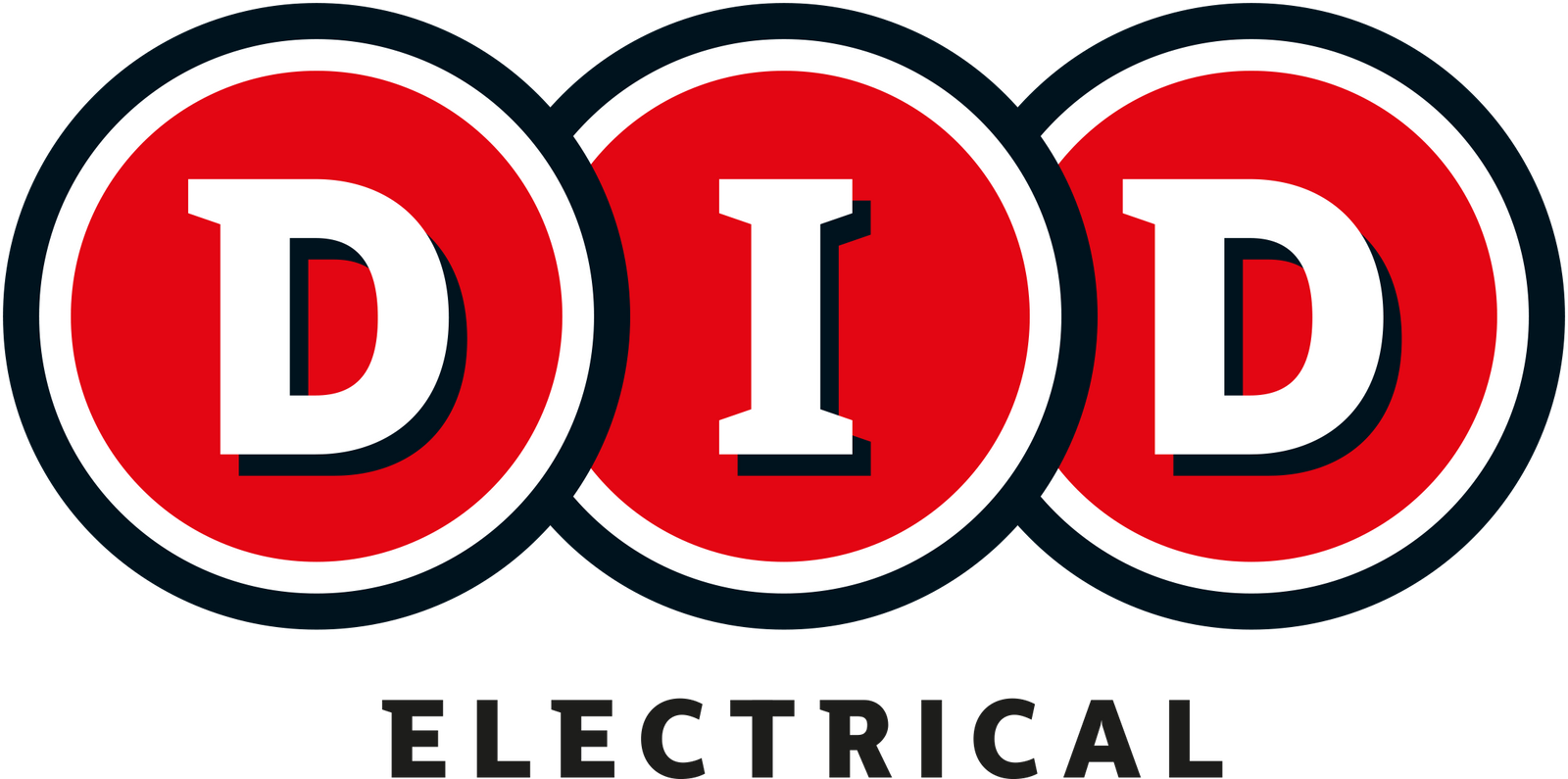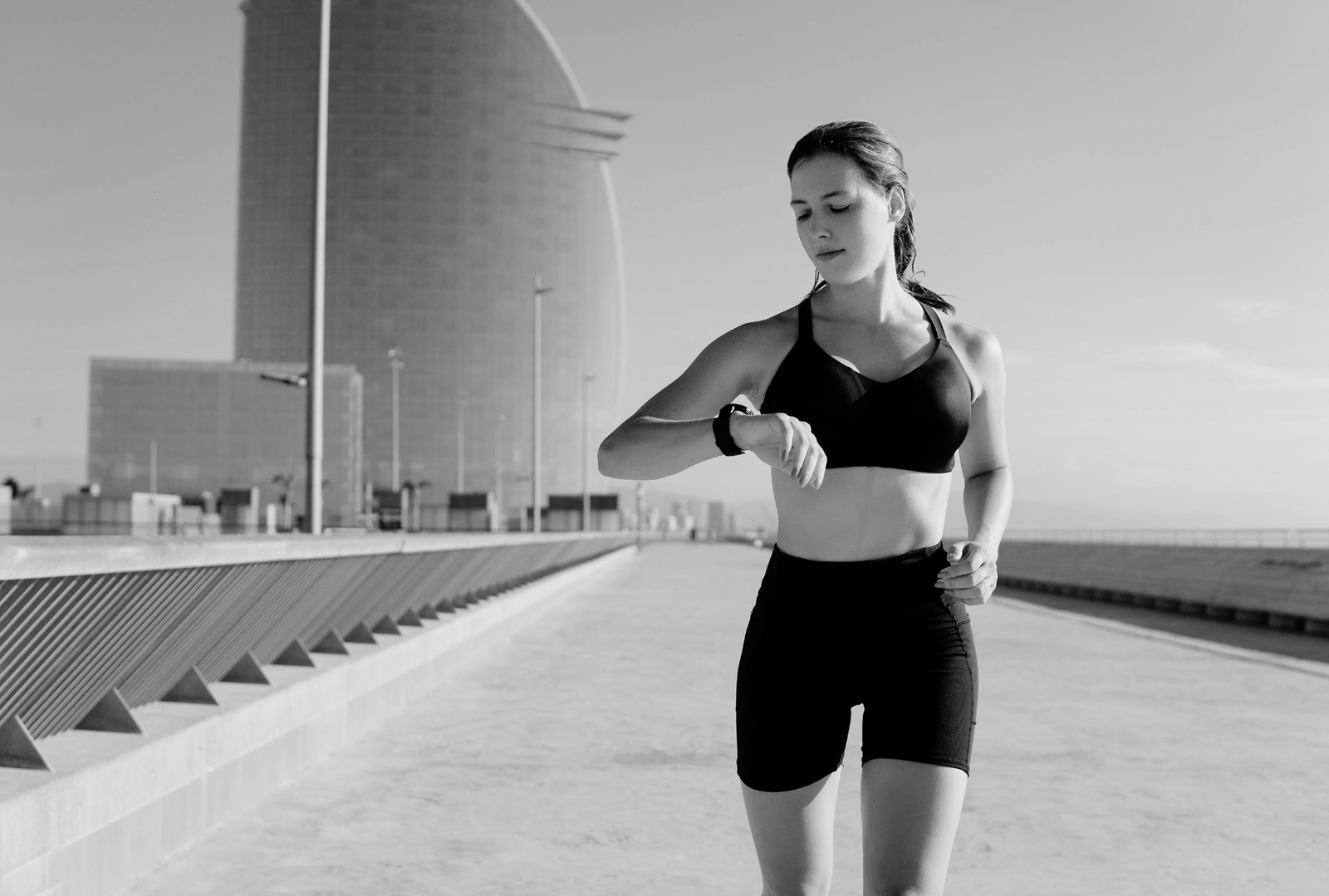Tumble Dryer Buying Tips
What is the best tumble dryer to buy?
To know what the best tumble dryer is for you, you must first understand the different types and how they work. Vented tumble dryers work best in cold climates and are better for a garage. However, condenser tumble dryers may be more convenient to install since they don’t require a hose to expel water.
A vented tumble dryer removes moisture through a vent which can be placed through a hole in a wall, an open window, or professionally installed.
A massive advantage to these is that they use a fifth less energy than other types of dryers and they are low maintenance since you just let the hose do its work. They can also function in a garage or be installed outside where it’s cold.
Unlike the vented variety, condenser tumble dryers condense moisture as water and store it in a tank which you’ll need to empty when it’s full. Though they cost more than vented dryers, they can be placed anywhere and installation is easy.
Like anything, there are tradeoffs to consider when buying your machine. While condenser tumble dryers are generally less energy efficient, they can be less messy in that you will not need to worry about water runoff from a hose.
Heat Pump Tumble Dryers
While the heat pump tumble dryer does gather water in a tank like a condenser, the hot air doesn’t escape and is therefore reused. They are more expensive to buy but in the long run, since they are more energy efficient, they cost less to run.
As the name suggests, a heat pump is used to dry the clothes without using too much electricity. Due to the fact that they simply circulate warm air inside the dryer, they are also less noisy compared to other types of tumble dryers.
However, as they don’t continuously draw on electricity to operate, they can be slower to dry a big load of clothes. Similar to condenser tumble dryers, they also can’t function well if placed in a garage or anywhere in low temperatures.
If you have a small household and you’re mostly washing and drying small loads, then a washer dryer might be better suited for you. It saves space since you only need to buy one machine.
Take note that the drum size and capacity of a washer dryer is smaller so there’s less room for hot air to circulate inside. That said, don’t fill the drum and force too many clothes inside since it may take more cycles to dry the fabric. In the long run, since more energy is used, the cost of running it may be more.
Which is the best: A vented tumble dryer, condenser tumble dryer, or others?
Though the features of both vented and condenser dryers have advanced greatly throughout the years, each has its own pros and cons.
Vented Tumble Dryer Pros:
- Compared to other types of dryers, vented dryers are known for faster drying times.
- They can function in a garage or outside where temperatures can drop.
- Vented dryers are cheaper in the long run because they don’t need to use energy to convert moisture. In fact, they use about a fifth less energy than a condenser dryer would for a full load.
- You don’t have to worry about manually emptying water from the machine.
Vented Tumble Dryer Cons:
- It needs a hole for the vent or hose to expel water.
- Takes more space and installation can be a bit more difficult.
- Water emptying from the machine can be a bit messy.
Condenser Tumble Dryer Pros:
- Doesn’t require you to connect an exhaust hose to the outside so it can be located anywhere in your home.
- Though you may have to manually remove water from the machine, containers can be easily pulled out.
Condenser Tumble Dryer Cons:
- Clothes may take longer to dry, especially if the unit is placed outside where it is cold.
- Less energy efficient since the air is being converted to water, which uses a lot of energy. However, a lot of newer models have heat pump technology with better energy ratings.
Heat Pump Tumble Dryer Pros:
- The innovative heat pump technology makes them more energy efficient.
- In terms of electricity used and energy costs, heat pump tumble dryers just account for half or even less compared with other dryer types.
- No need for a vent or hose to remove the damp air.
Heat Pump Tumble Dryer Cons:
- More expensive to buy compared to other tumble dryer types, but prices are coming down.
- Often take longer to dry clothes than other dryer types.
- The water tank will need emptying from time to time, similar with condenser tumble dryers.
Washer Dryer Tumble Dryer Pros:
- Two appliances in one! You don’t need two separate appliances to dry your clothes.
- A space saver! Instead of allocating a big space for a washer and a tumble dryer, you just need space for one.
- You could use the wash or dryer function separately so you can take out delicate articles of clothing before you activate the dryer function.
Washer Dryer Tumble Dryer Cons:
- They use a huge amount of water to dry. For some models, it takes up to 210 litres!
- Even if you just need space for one appliance, the height of some washer dryers do not allow them to fit into very cramped, small spaces, like under a bench!
- No extra money or energy saved because the running cost of washer dryers are equivalent to owning a separate washer and dryer.
- Using the combined settings of the wash and dry cycles usually takes a long time. Sometimes it can take three hours and other times, up to six hours!
What type of tumble dryer is best for your garage?
The best tumble dryer for your garage would be a vented tumble dryer due to its functionality. This is because vented tumble dryers can still operate in very cold temperatures below 5°C, unlike condenser and heat pump types.
If condenser and heat pump dryers are placed in a garage or anywhere outside where the temperature could drop, there is a possibility that the clothes would not dry properly.
Which type of dryer is more energy efficient?
All tumble dryers are graded using an energy rating which tells you the energy efficiency of your machine. One thing to bear in mind is that some tumble dryers may cost less but can cost you a lot in the long run and rack up those electricity bills. So always check the energy rating of your tumble dryer.
Another thing to remember is that running costs also depend on how much time the machine is drying. Always remember that the heavier or bigger the load, the longer it takes to dry! There are certain tricks to make drying easier for your tumble dryer. For example, loosening your wet laundry before putting it in, drying similar fabrics together, or using a timer delay in the settings.
How do you install a tumble dryer?
Once you have decided which tumble dryer is best for your home, the next step is installing it in your house. The good news is that DID offers installation services for a hassle-free experience.
For freestanding units, this service includes disconnection of your old appliance, removal of the old appliance, installation of the new tumble dryer, removal of packaging and demonstration of the new tumble dryer.
For the more complicated installation of integrated tumble dryers that can fit in a cupboard in a part of your house, DID can also do this for you. This service includes the disconnection and removal of the old unit, the installation of the new one, fixing an integrated door, removal of packaging, and demonstration of new tumble dryer.










